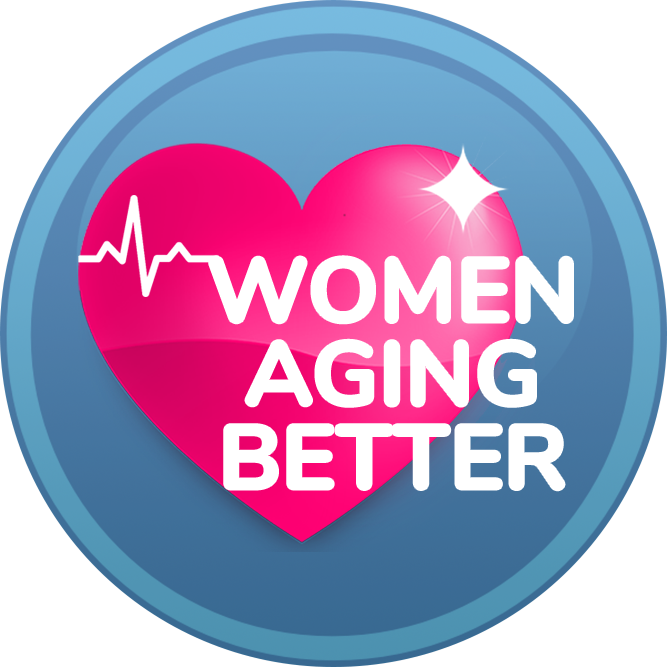Eat Your Water & Drink your Vegetables
How many times have you thought (or been told) that you need to eat more vegetables or drink more water? We all do our best but these two health habits are sticking points for many. For starters, how much water is enough and how many vegetables do you REALLY need?
Why Water Matters
Our bodies are made up of approximately 50 – 60% water, depending upon our body composition. Women with more muscle mass will have higher percentages of water as muscle cells contain much more water than fat cells (approximately 75% versus 25% respectively).
If we’re not getting enough fluids into our body on a daily basis, our cells can’t function properly. Some of the signs of dehydration include feeling thirsty, headaches, constipation, brain fog, loss of physical coordination, not urinating or having dark colored urine.
When we are properly hydrated we feel energized, our metabolism increases (which burns more calories), our skin looks and feels younger (which means fewer wrinkles) our brains and bodies function at a higher level, our body can process and eliminate waste effectively and our urine is a very light yellow or clear color. Essentially, every cell in our bodies works better with enough water.
How Much is Enough?
There have been many recommendations related to how much water we need to drink and most of them are very generic, grouping all of us into one category despite our weight, activity levels, climate we live in and access to nutritious foods (all of which very much impact our hydration needs).
Years ago we were told to drink 8 cups (64 ounces or almost 2 liters) of water every day. Coffee and other caffeinated beverages didn’t count because they are diuretics (dehydrate us) and there was no talk of any water intake from the foods we eat.
Then the U.S. National Academies of Sciences, Engineering, and Medicine recommended an average of 11.5 cups (92 ounces or more than 2 ½ liters) of fluids daily for women, and even more if we live in warmer temperatures or are exercising. They also said caffeinated beverages could be counted and if you basically drank water with meals and when you got thirsty, most healthy people would be fine.
A third recommendation is to drink approximately ½ of your body weight in ounces of water per day. For women who don’t weigh very much, this may seem very reasonable to do but for others who weigh 200 pounds or more, this task feels impossible.
It’s no wonder there’s so much confusion about how much water to drink.
Here’s the good new … you can eat some of your water! This is where your vegetables come in.
Like water, and pretty much everything we consume, there are recommendations for how many vegetables to eat for optimum health. Let’s start with the idea of a serving size before we consider how many servings you currently eat.
For any leafy green vegetables, think of a serving as one cup and for all other vegetables a serving will be ½ cup. Now consider the idea of eating 8 – 10 servings of vegetables per day AND notice your reaction to this statement.
Did you hear yourself say something like, “That’s a ridiculous amount of vegetables! She doesn’t know what’s she’s talking about.” OR did you think something more like, “Hmmm, I eat a salad every day that probably has 2 cups of leafy greens in it and probably another cup of other vegetables added into it. That’s already 4 servings of my vegetables with that one salad and I usually have another 1- 2 servings with my dinner. I’m already pretty close to that daily recommendation!”
So how do you eat your water? The easiest way is to eat more vegetables with very high water content.
The following vegetables contain approximately 95% water:**
lettuce, celery, bok choy, radish, cucumber, zucchini, water cress, tomato, green bell peppers, asparagus, portabella mushrooms, Swiss chard, cabbage, okra, cauliflower, spinach and broccoli.
If you eat enough of these types of vegetables, you can get ¼ - ½ of your water intake just by eating your vegetables! Another amazing bonus of eating more of these vegetables is that you’re eating some of the most nutrient dense, low calorie foods that exist.
If you’re still a little short on either water or vegetables, consider drinking some of your vegetables by adding an immune boosting green smoothie into your daily routine. They are fast and easy to make and will leave you feeling energized.
Here’s a recipe for my starter smoothie. I’ve found this one the easiest for most people because it tastes good.
Action Step
Rather than worrying about how many cups of water to drink each day, try to pay attention to how your body is feeling. If you’re feeling pretty good and your urine is somewhat light colored, you’re hydrated.
If you’re not feeling great and you’re experiencing any of the other symptoms of dehydration (e.g., dry mouth/thirsty, headache, dark colored urine or constipation, loss of coordination, irritability, etc) get yourself a drink and/or some vegetables.
Many fruits are also high in water content. They’re also higher in sugar and calories (which is why I focused on the vegetables) but they will definitely help to rehydrate you.
**https://www.myfooddata.com/articles/vegetables-high-in-water.php




